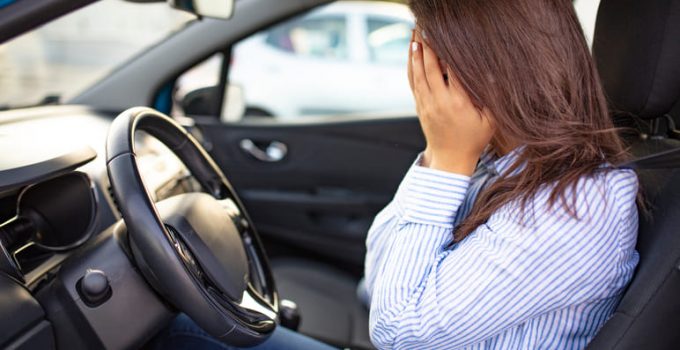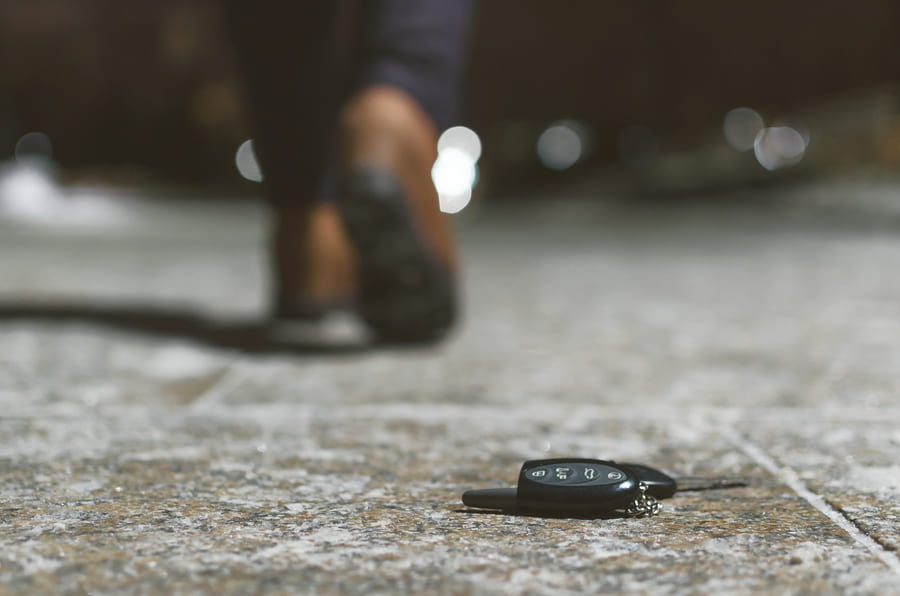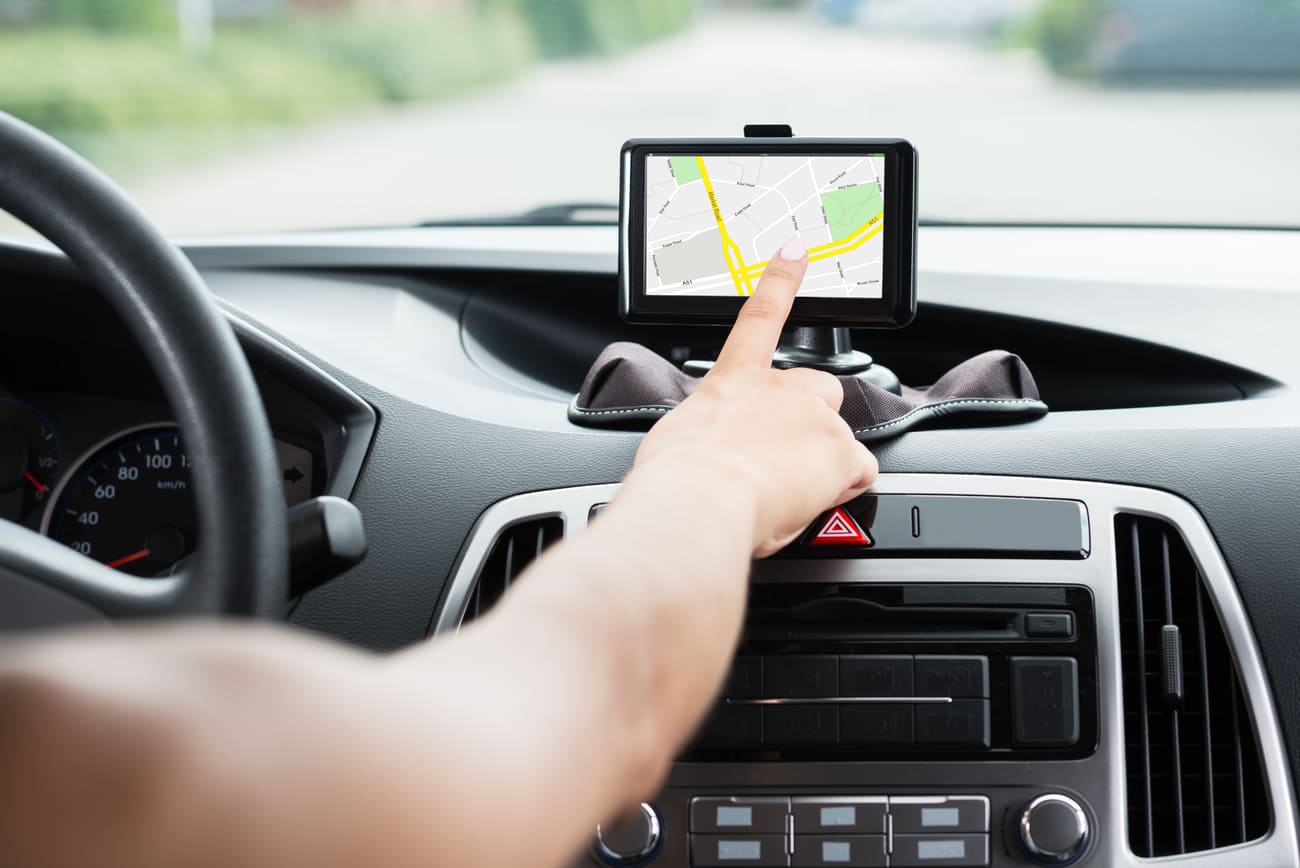
Amaxophobia is a panic fear of driving or being in a vehicle, even on the passenger side. A phobia in its own right, it manifests in an exaggerated, excessive and irrational way.
This phobia is often linked to agoraphobia since both are characterized by a fear of being in places or spaces from which it would be difficult to escape.
What are the symptoms of amaxophobia?
Amaxophobia is characterized by physical symptoms similar to those of a panic attack. Among them :
- Fear of dying
- Feeling nauseous
- Sweat
- Acceleration of heart rate
- Dizziness
- Hot flashes
- Stomach aches
- Feeling of impending doom
An amaxophobic person is likely to face this type of manifestation once installed at the wheel of their car, sitting on the passenger seat or even when approaching a vehicle. The mental symptoms are also daunting and can include:
- Haunting mental visualizations of tragic car crashes
- Feeling of emptiness, loneliness and abandonment during an anxiety-provoking situation – crashing, being stuck in a traffic jam)
- Obsessive urge to turn the steering wheel to the right side to stop on the hard shoulder
- Panic fear of creating an accident
Don’t suffer in silence.
How to get over driving anxiety?
The good news is that it is quite possible to overcome even intense amaxophobia. However, do not be afraid to ask for help since a psychotherapeutic follow-up is almost essential to cure it.
The first step is to identify the cause of amaxophobia.
Like most phobias, people with amaxophobia initially faced a trigger, such as witnessing or being in a car accident.
Amaxophobia can also have other causes, such as the intense fear of making a sudden movement that could cause an accident, losing self-control or feeling unwell.
Whatever the case, discovering the origins of your fear of driving will help you to treat it better.
The causes can be multiple:
- Some psychologists speak of the hereditary nature of amaxophobia. For example, people may not be afraid to ride in a car and are scared of the act of driving.
- Amaxophobia also occurs in some people who have witnessed or been the victim of a severe and traumatic road accident. Therefore, it is sometimes classed as a post-traumatic stress disorder.
- Being pessimistic or lacking in self-confidence can cause fear of driving.
Various ways to treat fear of driving
CBT
There are no specific medications to treat amaxophobia; it is instead referred to as psychotherapy treatment. As with many phobias, cognitive and behavioural therapy (CBT) can effectively relieve symptoms.
Through various exercises (imaginary and real between sessions), this type of therapy makes it possible, in particular, to learn to anticipate crises, regulate one’s emotions and work on one’s self-confidence.
This type of therapy is provided by a psychologist who compiles a file on the person’s psychological profile via a series of preliminary questions. Following this questionnaire, the psychologist defines a specific program to free the individual from their fear of driving.
Cognitive-behavioural therapy (CBT) is divided into three significant steps:
- The first step is to inform the patient, to give him different information, whether on phobias in general or on their phobia in particular. Then, a therapeutic “contract” is put in place, clearly defining the objectives to be achieved gradually.
- In a second step, the psychologist will help the patient isolate their dysfunctional thoughts (i.e. their “automatic” thoughts) to modify their thought pattern.
- Finally, the psychologist will gradually expose the phobic person to the object of their fears to “desensitize” the patient as the sessions progress.
Theoretical sessions and practical applications are offered. Even if it is a therapy described as “brief”, the treatment can be relatively long; the treatment can be spread over several weeks or several months, depending on the patient.
The psychologist may also offer medication to help the patient overcome their phobia.
VRT
Virtual reality therapy (VRT), which has been increasingly used in recent years, also offers the possibility of observing significant results. By visually immersing themselves in 3D with a steering wheel, helmet and pedals, people with amaxophobia can find themselves at the heart of various anxiety-provoking situations.
Other methods to treat amaxophobia:
Being afraid of driving or being in a car mainly causes anxiety and stress. To relieve amaxophobia, homoeopathic treatments may be offered, in addition to a psychotherapeutic follow-up.
Amaxophobia can also be tackled with hypnosis, which has already demonstrated its effectiveness in treating specific phobias.
The solution to no longer being afraid of driving
Some people can overcome their driving anxiety without requiring any specific therapy. However, certain precautions must be taken in order to avoid accidents of all kinds. Knowing that you are a good and safe driver can help you overcome the fear of driving.
- It is essential to properly learn all the theories on car driving, in other words, the rules of the road. It is important to learn to drive your car alone on a short route well known to the driver, possibly with an accompanying instructor. It may be necessary to train for weeks before acquiring a certain autonomy and thus gaining self-confidence and reducing anxiety. After this stage, the driver may feel ready to drive on other roads and paths.
- You must remind yourself of the practical techniques related to driving a car: the rules for changing gears, maintaining a reasonable safety distance, the engine brake, the basics of starting on a hill, the manoeuvres for parking in a car parking, how to join a motorway safely).
- Even after obtaining the driving license, refresher courses in driving may be necessary if the person still feels that they have not fully mastered the techniques of driving a car.
A driving phobia, like other phobias, can affect your daily routine and limit your quality of life. However, it’s certainly possible to learn how to become more comfortable with driving. If you feel anxiety, panic or fear, while driving or as a passenger in a vehicle, make an appointment with a qualified health professional who has plenty of experience in diagnosing and treating phobias.








Comment